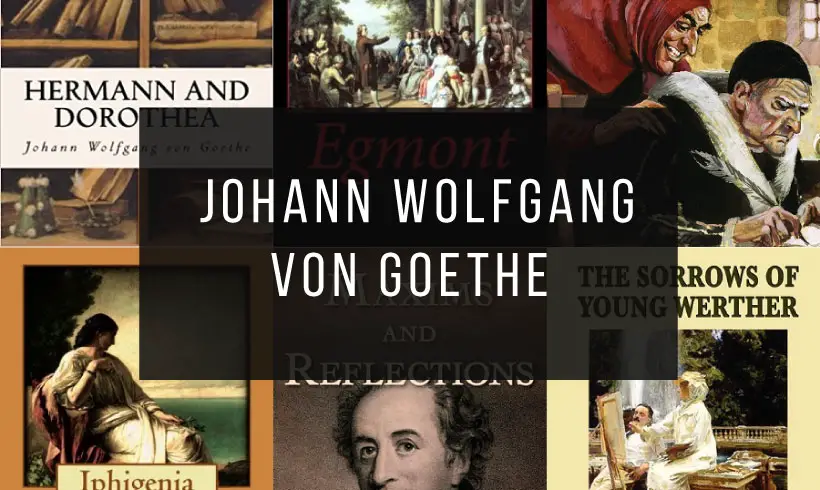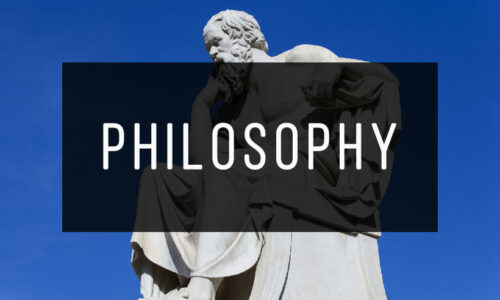Johann Wolfgang von Goethe was born in Frankfurt am Main, Germany, on August 28, 1749. The multifaceted Goethe, in addition to being a writer, was also a theoretical physicist, biologist, scholar, painter and statesman. His services to poetry and theater are an integral part of German literature.
Goethe played a key role in the Weimar Classicism movement, the Sturm und Drang and Romanticism. He is credited with giving the Sturm und Drang movement its first great drama, Götz von Berlichingen, in 1733, and also its first great novel, The Sorrows of Young Werther, in 1774, creating the classical archetype of the romantic hero.
As a child, Goethe received lessons from his father and private tutors in all the usual subjects of his time and especially in languages, such as Latin, Greek, French, Italian, English and Hebrew, as well as training in horsemanship, fencing and dancing.
Goethe enjoyed theater and drawing, and was deeply interested in literature, devoting much of his time to reading works by Friedrich Gottlieb Klopstock and Homer. Although Goethe studied law from 1765 to 1768 in Leipzig, he was more interested in learning about poetry and attended poetry classes by Christian Fürchtegott Gellert.
His first collection of poems, Annette, was published anonymously in 1770.
By 1771, Goethe had become a lawyer. In an attempt to humanize jurisdiction, Goethe tried cases too vigorously and, as a result, was reprimanded. He focused on his literary side and created the colorful court drama Götz von Berlichingen. He returned to the practice of law in 1772 and gave the world his masterpiece, The Sorrows of Young Werther, in 1774.
After the success of The Sorrows of Young Werther, Goethe was invited to the court of Karl August. Goethe thus moved to Weimar, where he would remain for the rest of his life, occupying a succession of positions until he became the duke’s chief adviser.
From 1786 to 1788, Goethe made a trip to Italy, which he captured in Italian Journey, published in 1816. He married his lifelong lover, Christiane Vulpius, in 1806, when Napoleon’s army invaded the city of Weimar and occupied Goethe’s house.
From 1793 onwards, Goethe devoted all his time to his literary work. He fell in love with Ulrike von Levetzow, who inspired his famous Marienbad Elegy. Goethe considered it his best work.
Some of Goethe’s most famous works that have been marked in history are Wilhelm Meister’s Apprenticeship, the dramas Iphigenie auf Tauris, Egmont, Torquato Tasso, The Natural Daughter, the fable Reineke Fuchs. Besides, Faust Part One, Elective Affinities, The West-Eastern Divan, his autobiography Aus meinem Leben: Dichtung und Wahrheit and Faust Part Two, completed and published posthumously.
Although Goethe is best known for his literary work, he also had a great interest in science and wrote extensively on color theory and plant morphology. He owned the largest collection of minerals in Europe and his works greatly influenced 19th century naturalists. His works The Metamorphosis of Plants (1790) and Theory of Colours (1810) are among his important scientific efforts.
Leaving behind volumes of poetry, essays, criticism, dramas, novels, linguistics, and scientific works, Johann Wolfgang von Goethe died on March 22, 1832, in Weimar.
1) Hermann and Dorothea
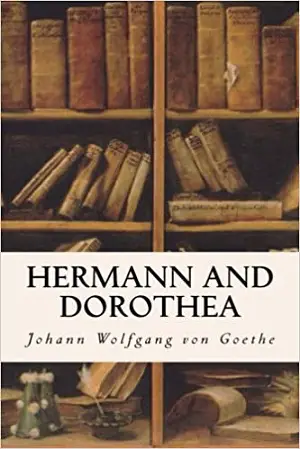
Hermann and Dorotea is the story and feelings of a young man in love with a humble and virtuous girl.
The girl travels in the caravans of Romanian emigrants stripped of their possessions and forced to leave their homes. He is the son of the rich innkeeper owner of the "Golden Lion" who comes to the passage of the caravan to donate some clothes and food. At that moment he meets the girl he falls in love with.
Back home he decides to marry her, because now there is no other meaning in his life, however his father will not be willing for his son to marry someone of lesser wealth than his own.
The book is a peculiar sample of what the German author wanted to turn into a new genre where the bourgeois citizen is a transposition of the old epic hero.
2) Egmont A Tragedy In Five Acts
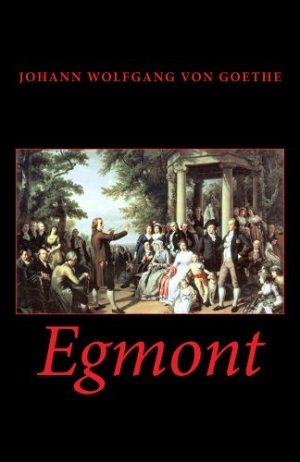
Its first edition was published in 1788 and narrates the struggle of the Dutch warrior Count Egmont against the Spanish invader Duke of Alba in the Eighty Years' War. It is set in the time when the Netherlands suffered the harsh rule of Catholic Spain.
This work can be considered a political manifesto, since the hero refuses to flee, driven by his yearning for justice and freedom, even when he is abandoned by his own. He is imprisoned and sentenced to death, becoming a martyr and thus his death is seen as a victory against oppression.
If you want to read a play that deals with movements for democracy and nationalism, Egmont A Tragedy In Five Acts, is the ideal read for you. Where its protagonist inspires with his inexhaustible fighting spirit for freedom despite all barriers.
3) Faust Part I
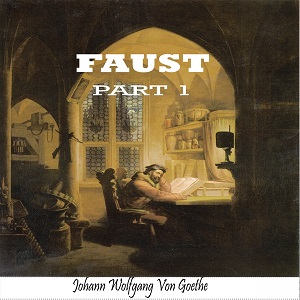
Faust is a tragedy of the German writer Goethe, it is his most famous work and is considered one of the great works of world literature. The demon Mephistopheles makes a bet with God, assuring him that he can attract Faust, God's favorite human being.
It was published in two parts, in 1808 and 1832. The first part, (Faust. The tragedy's first part), was completed by Goethe in 1806. Its publication in 1808 was followed by a revised edition in 1828-1829, which would be the last published by the author.
It presents us with Faust's despair, disappointed by his failure to obtain knowledge of nature and the universe by magical means; his pact with Mephistopheles: he will do what Faust wants on earth, and Faust will do the same for him in hell; and his love for Gretchen.
4) Faust Part II
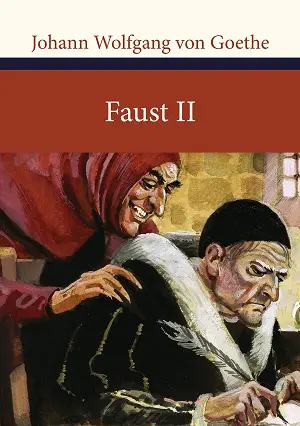
Goethe finished writing the second part of Faust in 1832, the year of his death. Unlike the first part, the action no longer focuses on Faust's soul, which has been sold to the devil, but on social phenomena such as psychology, history and politics.
In Faust: The Second Part of the Tragedy, the romantic story of the first part is set aside to initiate a new cycle of adventures in Faust's life after Gretchen's death. It introduces us to our protagonist together with Mephistopheles traveling through time and space, interacting with mythological figures.
In the end, Faust overcomes the wiles of the devil and, upon his death, instead of the devil taking his soul, a host of angels takes him to heaven.
5) Iphigenia in Tauris
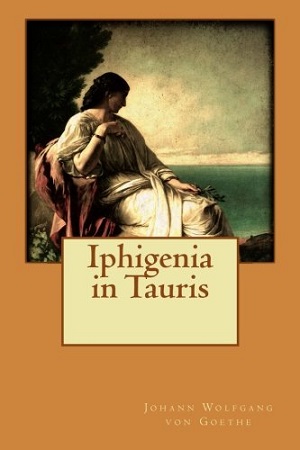
Iphigenia in Tauris is Goethe's adaptation of Euripides' ancient Greek tragedy, Iphigeneia en Taurois. This reworking was completed in 1786, and has captivated for its brilliant composition and psychological depth, encompassing themes such as personal integrity and responsibility.
In the play Iphigenia has been serving the goddess Diana for many years as a priestess in her temple on the island of Tauris, although she does so against her will, as she feels lonely and longs for some event to occur that will allow her to return to Greece and be reunited with her family.
When her brother Orestes arrives on the island and must be sacrificed to the goddess, Iphigenia must choose between duty and her own desires. In the end, Iphigenia manages to avoid the deadly outcome, convincing the king to give them their freedom and return to Greece in peace.
6) The Maxims and Reflections
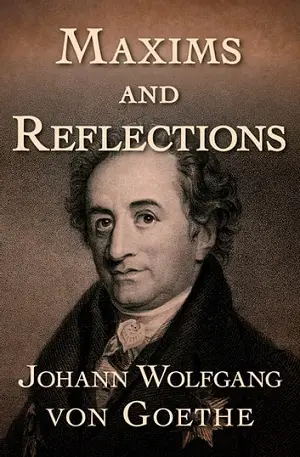
This work comprises more than 1000 Maxims and Reflections by Goethe, one of the giants of world literature. It is a collection of thoughts and observations covering a wide variety of subjects, such as ethics, literature, art and the natural sciences. It could be considered a collection of "wise sayings".
Some may be considered true by most readers, as they are statements with which most of us would readily agree. Others are simply personal beliefs, which shed light on what the author held to be true, giving us an idea of the type of reasoning Goethe employed.
Although some maxims may seem pretentious, complicated or exaggerated, the truth is that many of them speak to us of the nature of man and his concerns.
7) The Sorrows of Werther
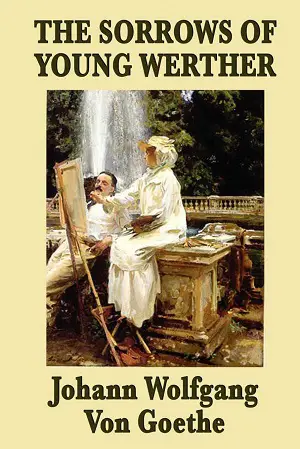
The Sorrows of Werther (German: Die Leiden des jungen Werthers) is a semi-autobiographical epistolary novel by Johann Wolfgang von Goethe.
The novel's protagonist, Werther, is a sensitive and passionate young man who falls madly in love with Charlotte, a woman engaged to another man.
Werther is a handsome man who arouses the interest of many other women, but he is in love with Charlotte, who does not love him, and despite the intense pain of unrequited love, Werther develops an intimate friendship with her.
The main scene mainly represents Goethe's German translation of a part of the Ossian cycle of poems which, although originally considered translations of ancient works, were later discovered to have been written by James Macpherson.
8) Wilhelm Meister
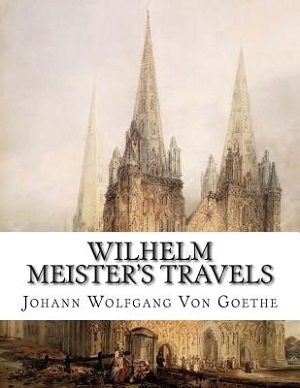
Wilhelm Meister (German: Wilhelm Meisters Lehrjahre) is the German author's second novel, published in 1795-96.
While his first novel, The Sorrows of Young Werther, presented a hero driven to suicide by despair, the eponymous hero of this novel travels a path of self-realization.
The story centers on Wilhelm's attempt to escape from what he sees as the empty life of a bourgeois businessman. After a failed romance with the theater, Wilhelm commits himself to the mysterious Tower Society, composed of great aristocrats.
Other books that have used a similar scheme to this novel have been called Bildungsroman ("novels of formation"), although Wilhelm's "Bildung" ("education" or "formation of character") is ironized by the narrator in numerous passages.


